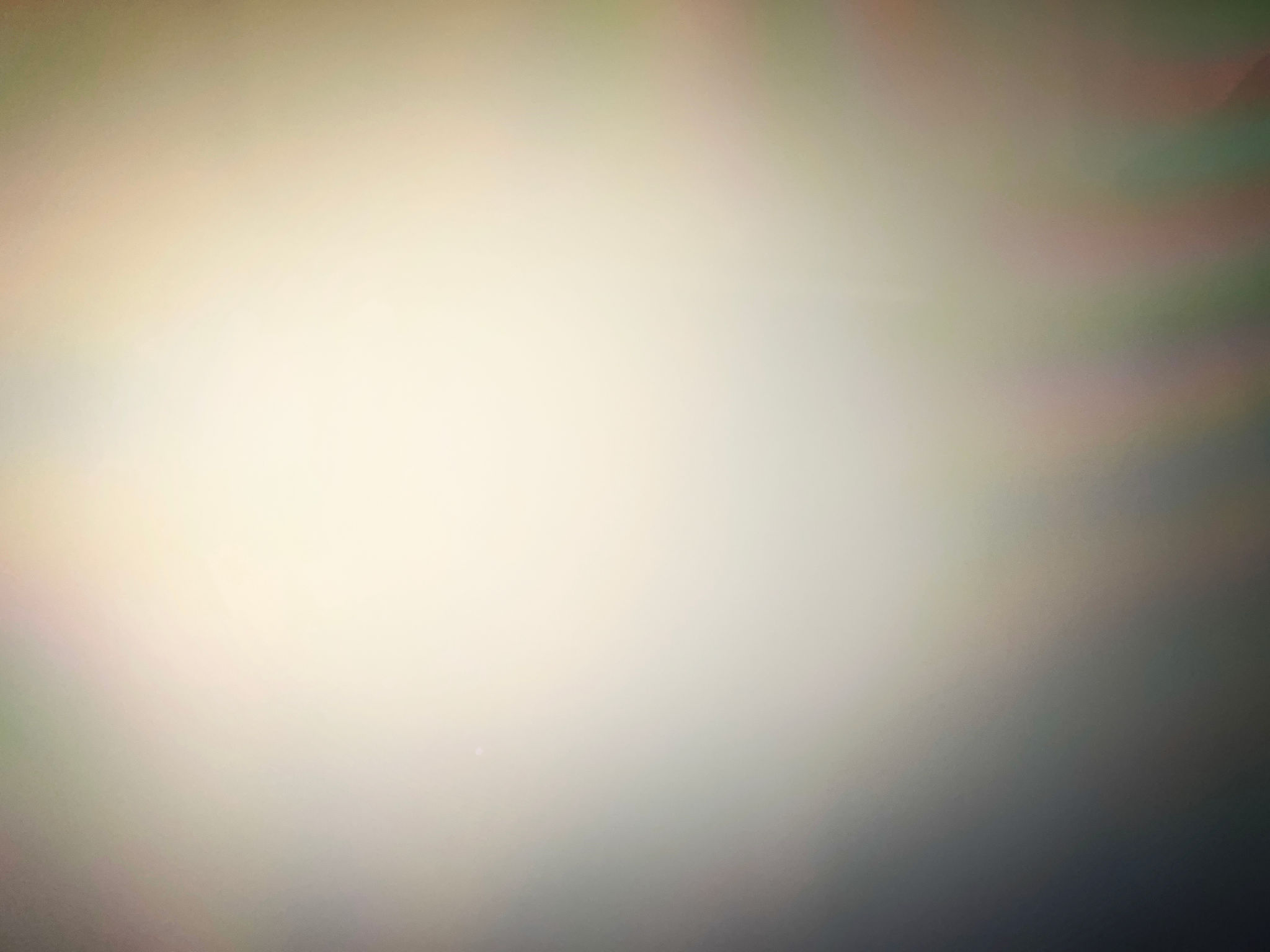Mastering Editorial Photography: Tips from Museum Exhibits
HM
Understanding the Essence of Editorial Photography
Editorial photography is a unique art form that goes beyond capturing a scene; it tells a story, conveys an emotion, and often provides a deeper understanding of a subject. Visiting museum exhibits can offer a wealth of inspiration and knowledge for photographers looking to master this craft. Museums curate their exhibits with a keen focus on storytelling, composition, and cultural significance—elements that are crucial in editorial photography.
One of the most valuable lessons from museum exhibits is the importance of context. Just as a well-curated exhibit provides a narrative through its collection, strong editorial photography offers viewers a story through visual elements. This requires a photographer to think critically about what they include in the frame and how each element contributes to the overall message.

Learning from Composition and Lighting
When you walk through a museum, pay attention to how exhibits are composed. The placement of artifacts, the use of space, and the lighting all contribute to an engaging experience. Similarly, in editorial photography, composition and lighting are vital to creating images that capture attention and convey meaning.
Consider how lighting can highlight certain aspects of your subject or create mood and atmosphere. Museums often use lighting creatively to draw attention to specific pieces or create an immersive environment. Experiment with different lighting techniques in your photography to see how they change the perception of your subject.
The Power of Color and Texture
Museum exhibits often use color and texture to evoke emotions or emphasize particular themes. In editorial photography, these elements can be used to reinforce the narrative or focus the viewer's attention. Be mindful of how background colors interact with your subject and how textures can add depth and interest to your images.

Incorporating Cultural and Historical Context
Many museum exhibits are rich in cultural and historical context, offering insights into different time periods or social issues. As an editorial photographer, incorporating such context can add layers of meaning to your work. Researching subjects thoroughly and understanding their background can help you capture images that resonate on multiple levels.
Think about how you can include elements that hint at a broader story within your photographs. This might involve including symbolic objects, capturing expressions that convey complex emotions, or framing subjects in environments that tell more about their identity or experiences.

Emphasizing Authenticity and Emotion
One of the most compelling aspects of museum exhibits is their ability to present authentic representations of people, places, and events. In editorial photography, authenticity is key to connecting with audiences. Strive to capture genuine moments and emotions that tell truthful stories.
Engage with your subjects and create an environment where they feel comfortable expressing themselves. This authenticity will shine through in your photographs and create a deeper connection with viewers.
Developing Your Unique Style
Museum exhibits often showcase the distinctive styles of different artists or cultures. Similarly, developing your unique style is essential in editorial photography. Experiment with various techniques, perspectives, and editing styles until you find what resonates with you.
Your style is what sets you apart and makes your work recognizable. Whether it's through the use of bold colors, dramatic compositions, or candid moments, let your personality shine through your photographs.

By drawing inspiration from museum exhibits and applying these insights to your practice, you can enhance your editorial photography skills. Remember, every photograph is an opportunity to tell a story—make it one that captivates and informs your audience.